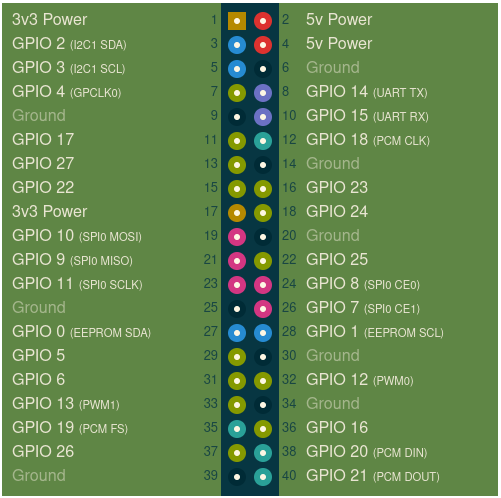Last modified: 2023-03-29
Raspberry Pi flashing

This is how I set-up my Raspberry Pi to be used as external flasher.
Raspberry Pi makes for poor and over-complicated flashing tool, but it is often already in drawer ready for use. Consider getting dedicated programmer if you are going to flash motherboards on regular basis.
Bill of Materials
- Raspberry Pi - I am going to use Raspberry Pi 1 Model B+ because that is what I have available at hand
- Raspbian - specifically Raspberry Pi OS Lite based on Debian 11
- SOIC clip (SOIC-8, which is for 8 pin chips - Pomona 5250 or equivalent)
Setting up Raspberry Pi
Here are briefly described steps I have made:
- Copy the operating system image to microSD card
- Mount the system partition
- Add ssh public key into
/root/.ssh/authorized_keys - Change
/etc/hostnameto desired hostname - Assign static IP address to the Raspberry Pi in the router
- Place the card into Raspberry Pi and boot
- Go though the first boot setup
- Update the system with
apt update && apt upgrade - Install
openssh-serverandflashrom(and maybeaptitude) - Configure the ssh by editing
/etc/ssh/sshd_config- I intent to use root user with ssh keys, so enable root login and disable password authentication
raspi-config- enable SPI interface
- enable ssh
- disable autologin (optional)
Wiring

| Pin | Name | Function |
|---|---|---|
| 25 | GND | Ground |
| 24 | CS | Chip Select |
| 23 | SCK | Serial clock input |
| 21 | DO | Data Output |
| 19 | DI | Data Input |
| 17 | 3.3 VCC | Power supply |
The GPIO Pin 17 should be used only as power supply (do not connect external power to it), but it has a limit of and powering the chip in circuit might draw much more since other components might turn on as well, easily exceeding the current limit. Therefore external power supply might be needed.
In general the WP and HOLD pins on flash chip (usually pin 3 and pin 7) should be connected to VCC unless they are required to be floating or connected to GND (both extremely uncommon for SPI flash chips). Please consult the datasheet for the flash chip in question.
Flashing
Whenever calling flashrom, you have to specify SPI interface and speed:
# flashrom -p linux_spi:dev=/dev/spidev0.0,spispeed=1000
Output example:
flashrom v1.2 on Linux 5.15.32+ (armv6l)
flashrom is free software, get the source code at https://flashrom.org
Using clock_gettime for delay loops (clk_id: 1, resolution: 1ns).
Found Winbond flash chip "W25Q64.V" (8192 kB, SPI) on linux_spi.
No operations were specified.